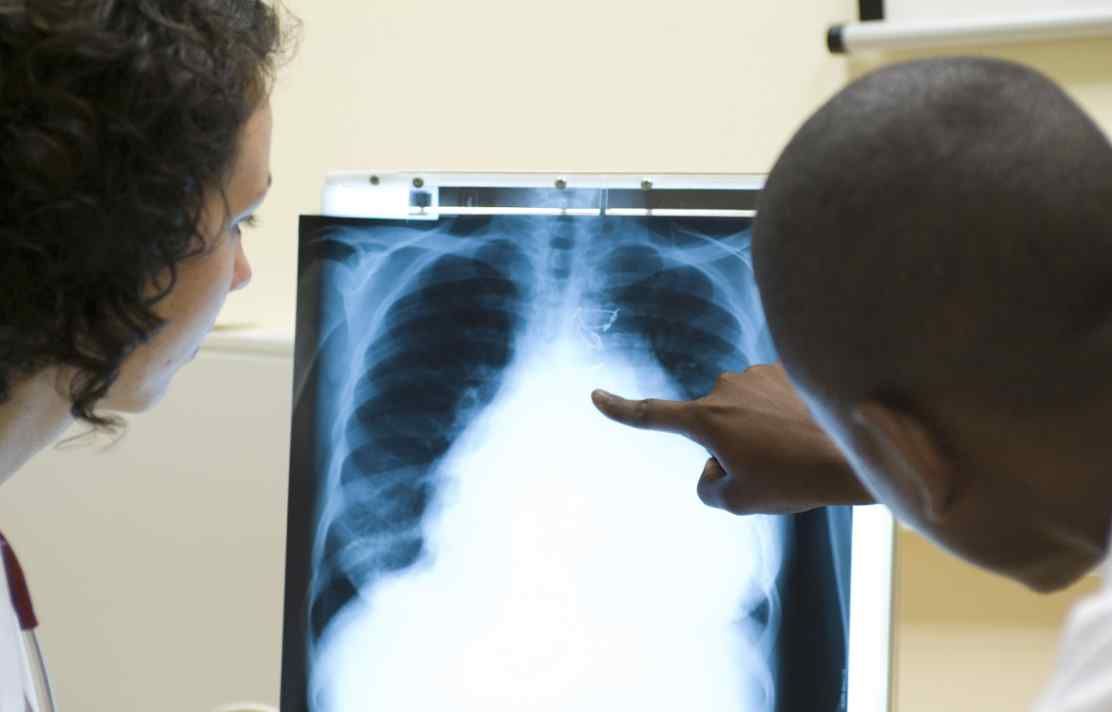BibTex format
@article{Millar:2020:10.1101/2020.08.14.20168088,
author = {Millar, JE and Neyton, L and Seth, S and Dunning, J and Merson, L and Murthy, S and Russell, CD and Keating, S and Swets, M and Sudre, C and Spector, T and Ourselin, S and Steves, C and Wolf, J and Docherty, A and Harrison, E and Openshaw, P and Semple, C and Baillie, JK},
doi = {10.1101/2020.08.14.20168088},
journal = {MedRxiv},
title = {Robust, reproducible clinical patterns in hospitalised patients with COVID-19},
url = {http://dx.doi.org/10.1101/2020.08.14.20168088},
year = {2020}
}
RIS format (EndNote, RefMan)
TY - JOUR
AB - <jats:title>Abstract</jats:title><jats:sec><jats:title>Background</jats:title><jats:p>Severe COVID-19 is characterised by fever, cough, and dyspnoea. Symptoms affecting other organ systems have been reported. However, it is the clinical associations of different patterns of symptoms which influence diagnostic and therapeutic decision-making. In this study, we applied simple machine learning techniques to a large prospective cohort of hospitalised patients with COVID-19 identify clinically meaningful sub-groups.</jats:p></jats:sec><jats:sec><jats:title>Methods</jats:title><jats:p>We obtained structured clinical data on 59 011 patients in the UK (the ISARIC Coronavirus Clinical Characterisation Consortium, 4C) and used a principled, unsupervised clustering approach to partition the first 25 477 cases according to symptoms reported at recruitment. We validated our findings in a second group of 33 534 cases recruited to ISARIC-4C, and in 4 445 cases recruited to a separate study of community cases.</jats:p></jats:sec><jats:sec><jats:title>Findings</jats:title><jats:p>Unsupervised clustering identified distinct sub-groups. First, a core symptom set of fever, cough, and dyspnoea, which co-occurred with additional symptoms in three further patterns: fatigue and confusion, diarrhoea and vomiting, or productive cough. Presentations with a single reported symptom of dyspnoea or confusion were common, and a subgroup of patients reported few or no symptoms. Patients presenting with gastrointestinal symptoms were more commonly female, had a longer duration of symptoms before presentation, and had lower 30-day mortality. Patients presenting with confusion, with or without core symptoms, were older and had a higher unadjusted mortality. Symptom clusters were highly consistent in replication analysis using a further 35446 individuals subsequently recruited to ISARIC-4C. Simil
AU - Millar,JE
AU - Neyton,L
AU - Seth,S
AU - Dunning,J
AU - Merson,L
AU - Murthy,S
AU - Russell,CD
AU - Keating,S
AU - Swets,M
AU - Sudre,C
AU - Spector,T
AU - Ourselin,S
AU - Steves,C
AU - Wolf,J
AU - Docherty,A
AU - Harrison,E
AU - Openshaw,P
AU - Semple,C
AU - Baillie,JK
DO - 10.1101/2020.08.14.20168088
PY - 2020///
TI - Robust, reproducible clinical patterns in hospitalised patients with COVID-19
T2 - MedRxiv
UR - http://dx.doi.org/10.1101/2020.08.14.20168088
ER -
